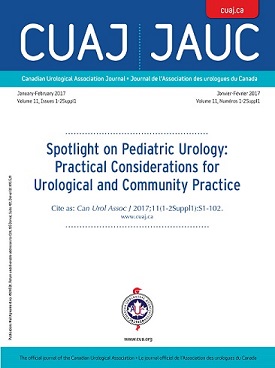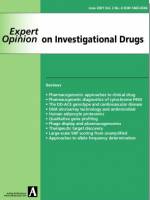
“ACTIVE chemicals in cannabis have been shown to halt prostate cancer cell growth according to research published in the British Journal of Cancer*.
Researchers from the University of Alcala, in Madrid tested the effects of the active chemicals in cannabis called cannabinoids** on three human prostate cancer cell lines – called PC-3, DU-a45 and LNCaP.
The prostate cancer cells carry molecular ‘garages’- called receptors- in which cannabinoids can ‘park’.
The scientists showed for the first time that if cannabinoids ‘park’ on a receptor called CB2, the cancer cells stop multipyling.
“This research suggest that prostate cancer cells might stop growing if they are treated with chemicals found in cannabis but more work needs to be done to explore the potential of the cannabinoids in treatment.”
To confirm the findings the scientists switched off the CB2 receptors – or ‘closed the garage doors’- on the prostate cells. When cannabinoids were then added to cells without the CB2 receptor, the prostate cancer cells carried on dividing and growing. This suggests that cannabinoids connect with the CB2 receptors on prostate cancer cells to stop cell division and spread.
Professor Ines Diaz-Laviada, study author at the University of Alcala said: “Our research shows that there are areas on prostate cancer cells which can recognise and talk to chemicals found in cannabis called cannabinoids. These chemicals can stop the division and growth of prostate cancer cells and could become a target for new research into potential drugs to treat prostate cancer.””
http://www.nature.com/bjc/press_releases/p_r_aug09_6605248.html
https://www.news-medical.net/news/20090821/Cannabis-chemicals-stop-prostate-cancer-growth.aspx









